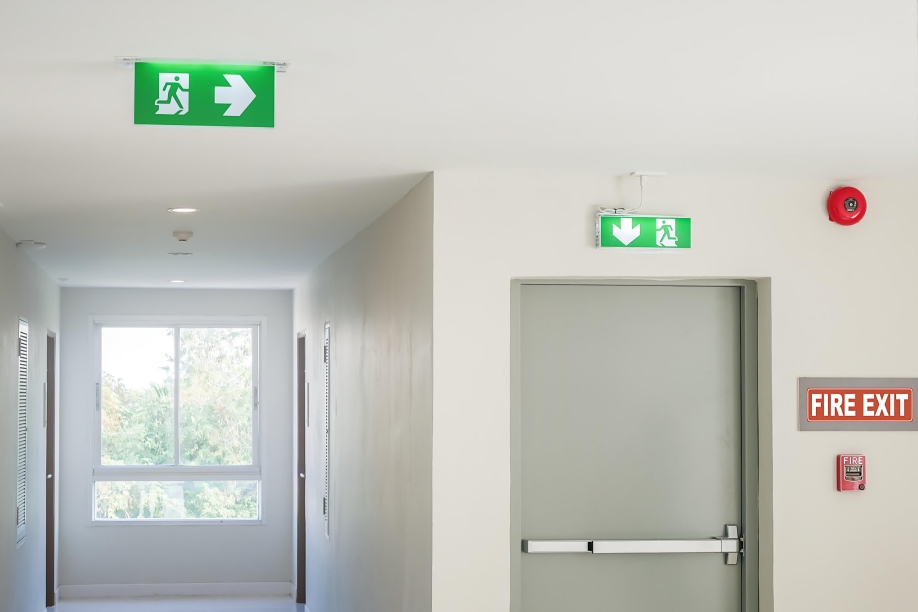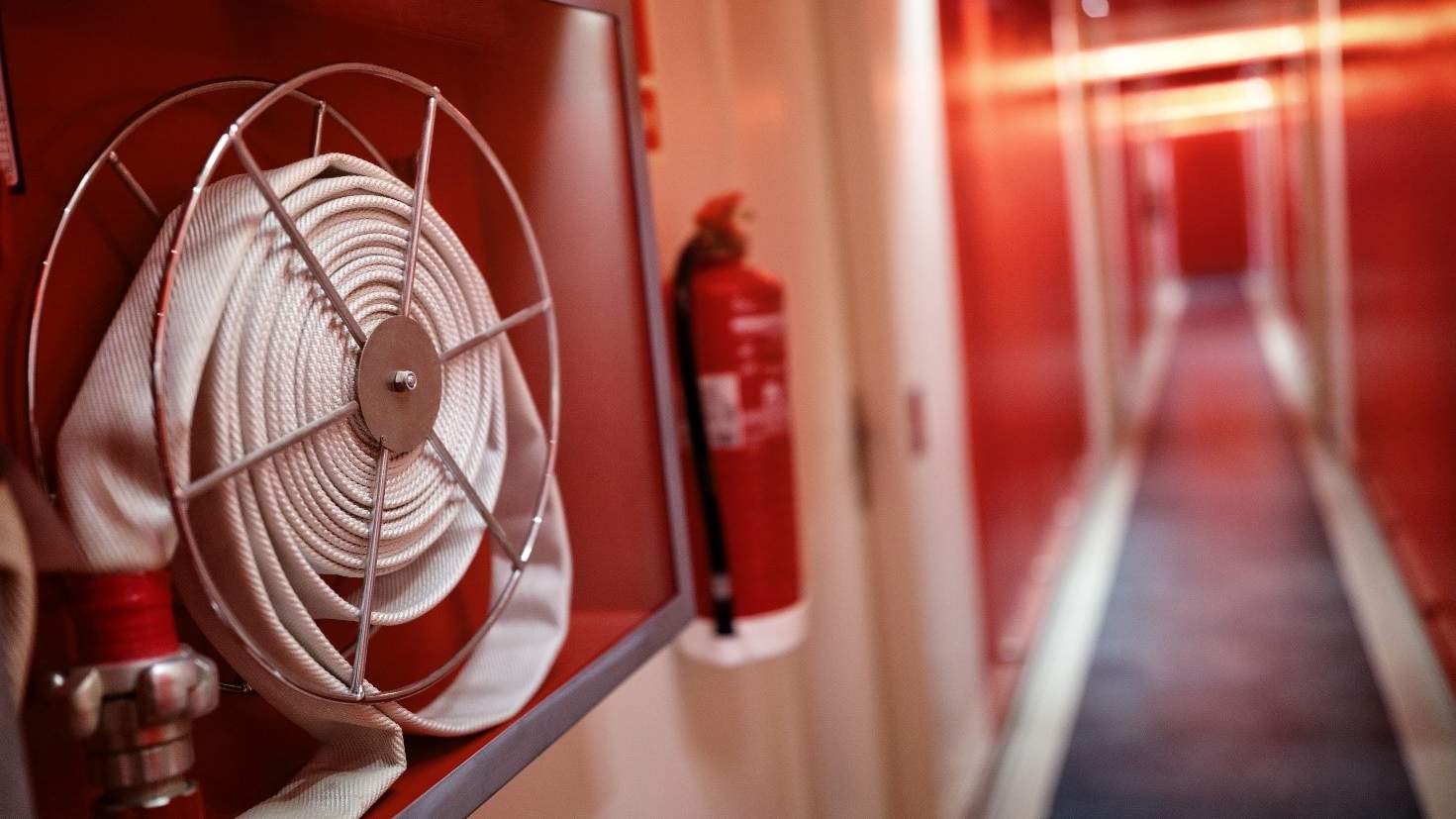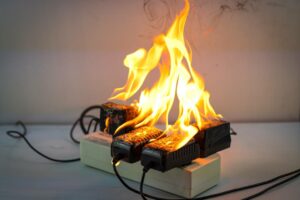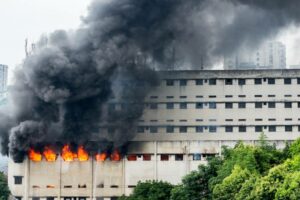No matter what type of work occurs in a factory, developing a firefighting system is always necessary. Manufacturing facilities, in particular, constitute harsh environments where fires often break out, causing devastating losses in life and millions in property.
Consequently, a significant element of operating a successful business is ensuring the safety and security of your employees. This means preparing your factory for the worst, even if it hasn’t happened yet.
The primary objectives in your firefighting system should aim to protect lives and property and minimise recovery time. This article will go through several steps you can follow to achieve the best firefighting system for your factory.
Designing a Successful Firefighting System
1. Effectuating Compliance with Codes
First things first, your firefighting system must be “up to code”. Complying with codes means that your factory meets the minimum legal requirements for fire safety.
Fire codes vary in different regions, making it vital to educate yourself on the requirements in your area. Still, there are some necessities that building owners or managers must implement, according to the Uniform Building By-Laws (UBBL).
For example:
- Factories operating after dark must provide emergency lighting as mandated by the Fire Services Department.
- Unique risks, hazardous processes, or storage must provide fire protection requirements mandated by the Fire Department.
- Designated buildings must fulfil the requirements for fire alarm systems and extinguishers.
2. Investing in a Detection Solution
A firefighting system design should include detection capabilities; we don’t have to tell you how unpredictable fires are. Thankfully, modern systems can accurately detect and distinguish between low and high danger levels.
You can enforce additional protection by investing in a fire detector capable of detecting flames in their early stages. That way, you can ensure more time for safe evacuation and prevent property loss before the fire escalates.
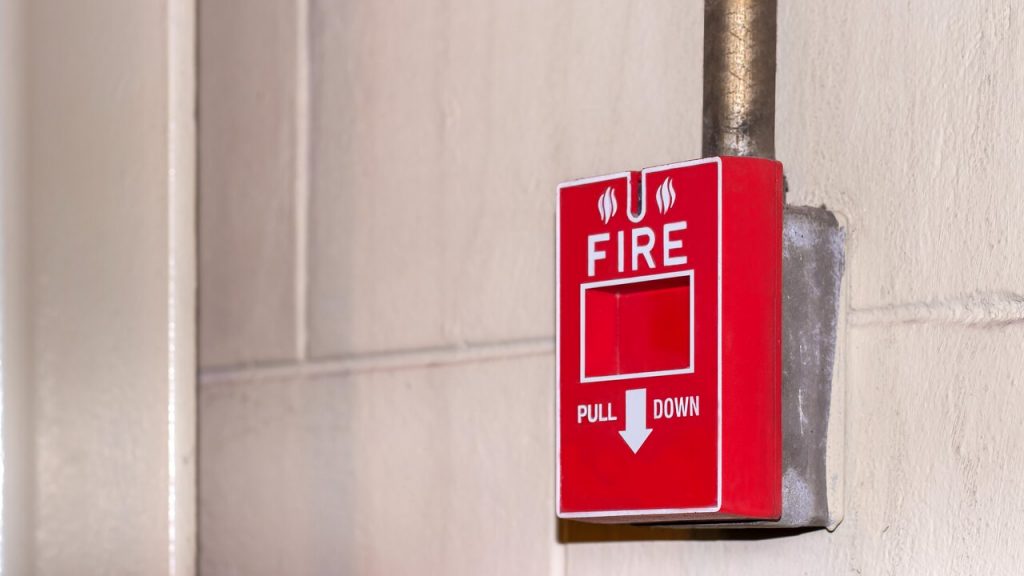
3. Installing Fire Alarms
The most obvious of all, fire alarm systems are an essential part of a firefighting system in any facility. Not only do fire alarms warn your occupants, but they also alert emergency response personnel immediately.
If you wish to go the extra mile, intelligent alarm technologies can even provide information to first-line responders, such as the environment and the fire’s severity. Subsequently, they can dispatch the appropriate personnel and equipment to the precise location.
Read More: Fire Certificate Malaysia: Application and Renewal Guide
4. Incorporating Fire Suppression
Once the alarm is triggered, it deploys a fire suppression system to contain the fire while it is still small. Fire suppression systems also have built-in components to detect heat, smoke, and other early warning signals.
These systems initiate automated steps to suppress or extinguish the fire, for example, through water sprinklers. In facilities that cannot accommodate sprinkler systems, you can consider chemical suppression as an option.
5. Maintaining Your Firefighting System
It goes without saying that a fire protection system is only as effective as its routine maintenance. Be sure to have fire safety professionals inspect your equipment at least once a year.
Those still unsure of where to begin shall worry not, for Palcon is at your service! Engage Palcon’s expertise and services in fire safety to guarantee smooth sailing in your factory.

